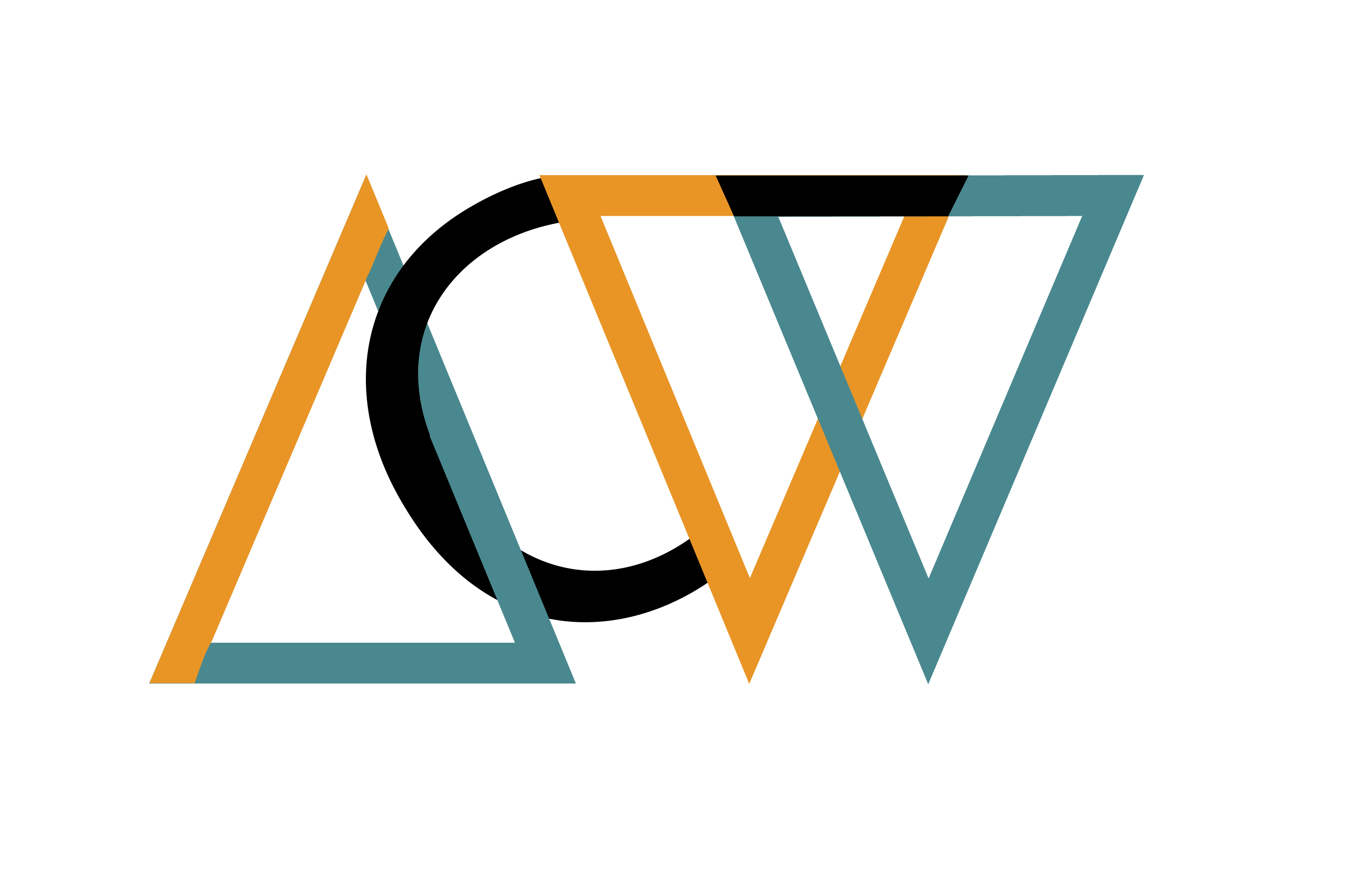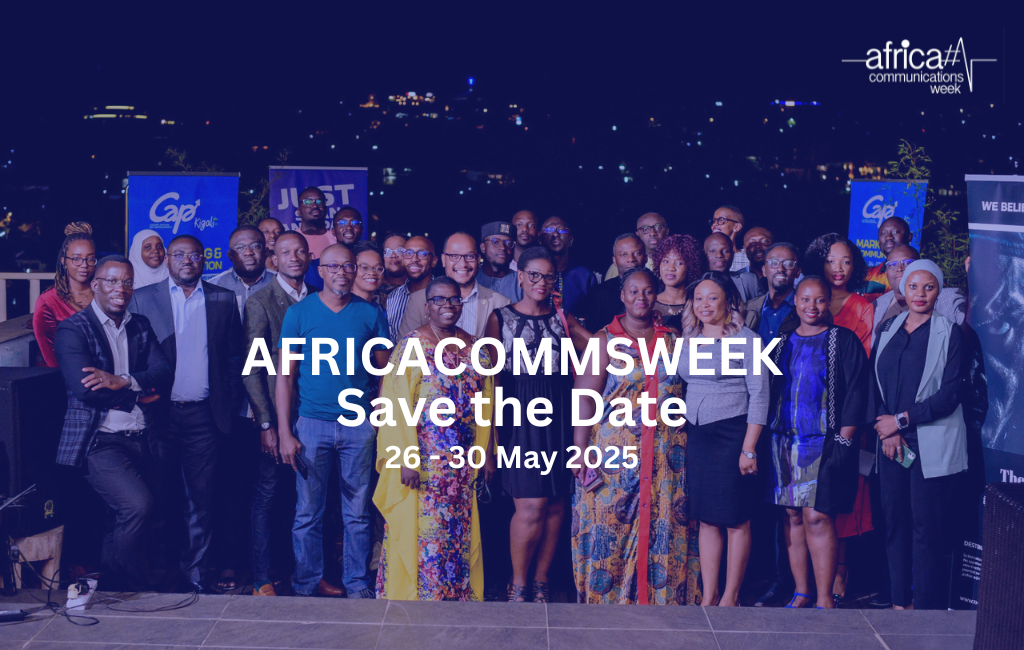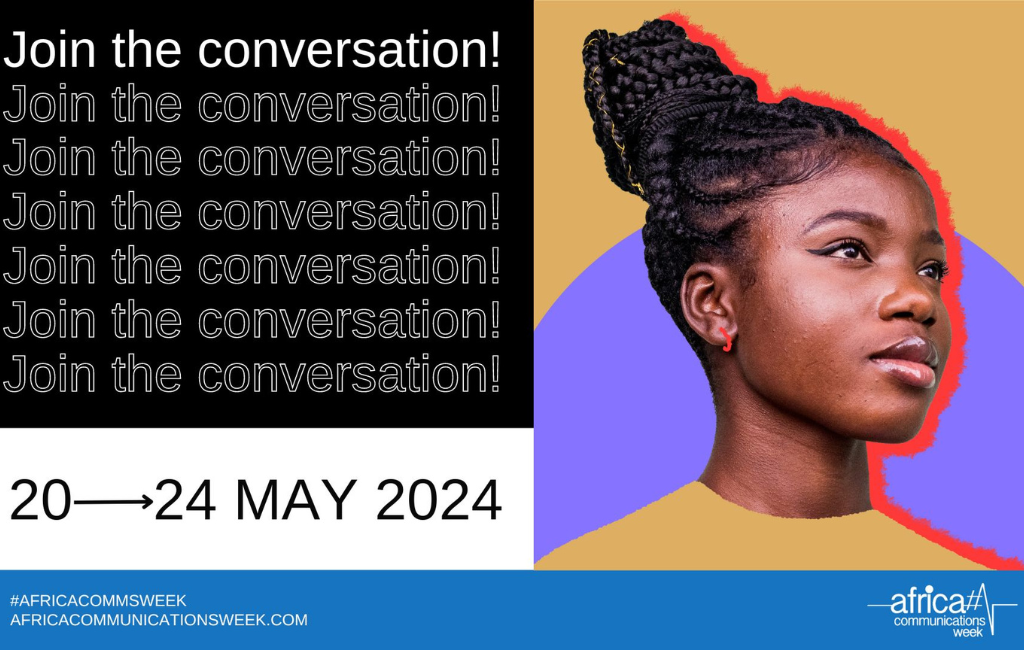by Stéphanie De Lima and Sophie Masipa
Health Crisis – Communication Guidelines
In times of extraordinary health crisis, no government, public or private organization can afford to be unprepared for such critical events that may pose an unprecedented threat to its population, employees, economy, political and social systems. In today’s world where information flows at a breakneck speed and transcends borders, critical events can easily trap African governments and organizations like any others in a downward spiral of severe human, economic and financial shocks, disruptions, slumps in stakeholder confidence and irreparable reputational damage if not handled promptly and proactively. One certainty is that organizations without an effective communication strategy and the implementation of adequate tools expose themselves to greater danger and vulnerability in the near, medium, and long term.
After Ebola, the COVID-19 crisis reveals once again the absolute necessity and critical importance of reinforcing African organizations’ capabilities to tackle such exceptional and rapidly evolving public-health situations so they can better alleviate the impact. The following 5 part series presents a list of clear near term steps to take, tactical and preventives actions that have proved to be effective in dealing with large-scale crisis.

Laying foundations for effective crisis responses
As the crisis evolves at unprecedented speed, particularly in Europe and North America, African organizations still have a short window of opportunity to launch a plan of attack to grapple with the COVID-19 crisis’ communication challenges efficiently and avoid the pitfalls their counterparts encountered.
Below are our most critical recommendations for the best course of actions:
An Emergency [special] unit to weather the crisis
Whether you decide to handle the crisis internally or turn to a specialized agency or consulting firm for assistance, the fundamental building block for an effective crisis communication today is a cross-functional team of strategic thinkers, problem-solvers, and digitally savvy talents. A team formed of advanced experts in Communication, PR, Media Relations, Marketing & Branding, Digital communication, Social media, not to mention legal and information security counsellors. Well-versed in crisis matters. Responsive and pragmatic with a sound knowledge of African markets’ dynamics and a strong sense of strategy and innovation.
In either case, we recommend that you start:
- Identifying the best individual or corporate profiles capable of developing various well-thought scenarios and adapt to multiple complex and escalating issues quickly
- If opting for an in-house unit. Appoint both a team leader and deputy leader. Define a clear chain of command, the role and responsibilities of each team member.
- Create a confidentiality and privacy policy providing all information on how the team members can talk about the organization on their personal social and mobile channels, what they can share or not …
- If opting for an external support We strongly advise you to appoint internal crisis communication representatives who would liaise with the agency or consulting firm, report all key information to your top management but also connect the agency with all bodies involved in crisis management within your organization for coordinated and coherent plan of action.
- Assign the spokesperson (s) with the strongest abilities to address the critical issues of the crisis. Consider a media training for media interactions and answer the toughest questions if necessary. We recommend not assigning the higher officials and CEOs as spokespersons in the first place. Indeed, it would be preferable that they intervene for severe situations, correct wrong statements…
Design a robust yet agile framework for a swift communication
Keeping a close watch on the ongoing crisis, react accordingly, take the necessary preventive measures …. means setting up a communication crisis centre with a well-defined framework. Once your team formed or agency selected, focus all your attention on:
- Defining a global budget based of auditing the existing/previous crisis communication plan
- Building “three-stage” frameworks that offers a format for the crisis period, the crisis impacts and recovery
- Devising a strategic crisis-action plan that can be adapted as the context change. Not to forget the KPIs (Key Performance Indicators) to measure its near-term performance, but over the medium and long-term.
- Defining scenarios to strengthen readiness and anticipate each next stage of the crisis
- Creating a clear protocol and approval processes for information sharing, message publications on both traditional, digital and social media, press or social events…
Managing a crisis, it’s working under extreme pressure. Ensure that you build a supportive climate among the all team members involved in the crisis and provide all necessary resources for both the team’s cohesiveness and mission’s success.
The right tools for the right answers and impact measurement
In context of a crisis, access to reliable and timely information is one of the most critical components of impact and collateral damage management. In our digital era, the massive amount of data generated from online sources, social media and mobile apps has given governments and organizations a unique opportunity to collect valuable information that in times of crisis allow driving decision-making with more clarity and confidence.
Using Intelligence gathering or monitoring systems software available in the market is paramount in determining the right communication strategy to put in place. For any government or organization, Intelligence should never be an option but a systematic process to implement for a swift, informed and relevant crisis response. Depending on the chosen system, it would be possible for the crisis communication team to:
- Assess the severity and impact of the crisis in a sector quickly and comprehensively with reliable/verified sources of information.
- Evaluate the sentiment of local populations through social media monitoring and listening (measurement tools) which help capture how people feel about a situation or an organization.
- Assess how messages are perceived. Do they resonate with target audience and influencers?
- Better understand target audiences’ news consumption habits and activate appropriate levers to reach them effectively
- Engage the ‘What If’ process allowing you to draw up a scenario template
- Provide advance warning to potential major miscommunication or PR issues to Government Representatives, Business leaders





0 Comments